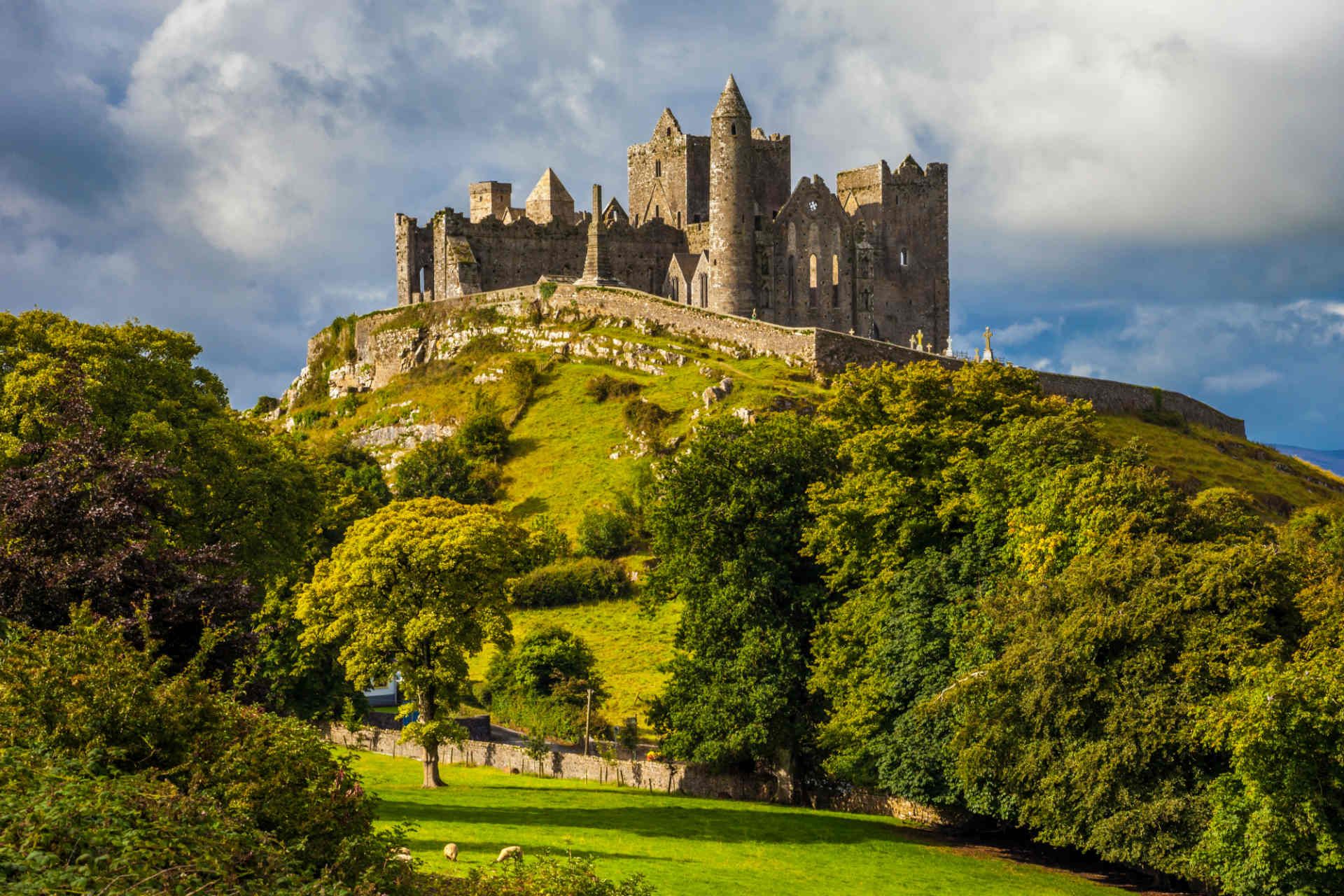How to get around Ireland
Getting around Ireland is easy, but the best option depends on how much flexibility you want. From car rentals to public transport, here’s how to navigate the Emerald Isle.
How to rent a car in Ireland
Renting a car is the best way to explore Ireland, especially if you want to go beyond the cities and into the countryside. It gives you the freedom to take scenic detours, visit tiny villages, or stop at breathtaking viewpoints along the Wild Atlantic Way. Driving in Ireland means staying on the left-hand side of the road, which can take a little adjustment. Most rental cars are manual, so if you need an automatic, book well in advance.
Be sure to check if your credit card or travel insurance covers rental car insurance to avoid costly add-ons. In rural areas, expect narrow, winding roads, so a smaller car is usually the better option.
Is it easy to get around in Ireland
Yes, but it depends on how you’re traveling. Public transport in Ireland is reliable for connecting major cities and popular tourist destinations, but it doesn’t serve remote areas well. Trains and buses are comfortable but limited in scope. Alternatively, organized tours can take you to big-ticket attractions, though these can feel rushed.
For the best experience, especially if you want to explore off-the-beaten-path locations, renting a car is the way to go. It offers the flexibility to travel at your own pace and uncover Ireland’s hidden gems.
Do you need a visa?
For most travelers, visiting Ireland is straightforward, but the requirements depend on your nationality and the length of your stay.
US and Canadian citizens
If you’re a US or Canadian citizen, you can visit Ireland visa-free for up to 90 days. Make sure your passport is valid for the duration of your stay, and you’re good to go. If you plan to stay longer or engage in activities like work or study, you’ll need to apply for the appropriate visa in advance.
UK citizens
Good news for UK citizens: thanks to the Common Travel Area (CTA), you don’t need a visa to visit Ireland. You can travel freely between the UK and Ireland, whether it’s for a quick trip or an extended stay. Just bring a valid form of photo ID, such as a passport or driver’s license, and you’re all set.
Other nationalities
For citizens of other countries, visa requirements vary. Many travelers from the EU, EEA, and certain other nations can visit Ireland without a visa. However, if you’re unsure, it’s best to check with the Irish Naturalisation and Immigration Service (INIS) or your local Irish Embassy to confirm whether you need a visa.






